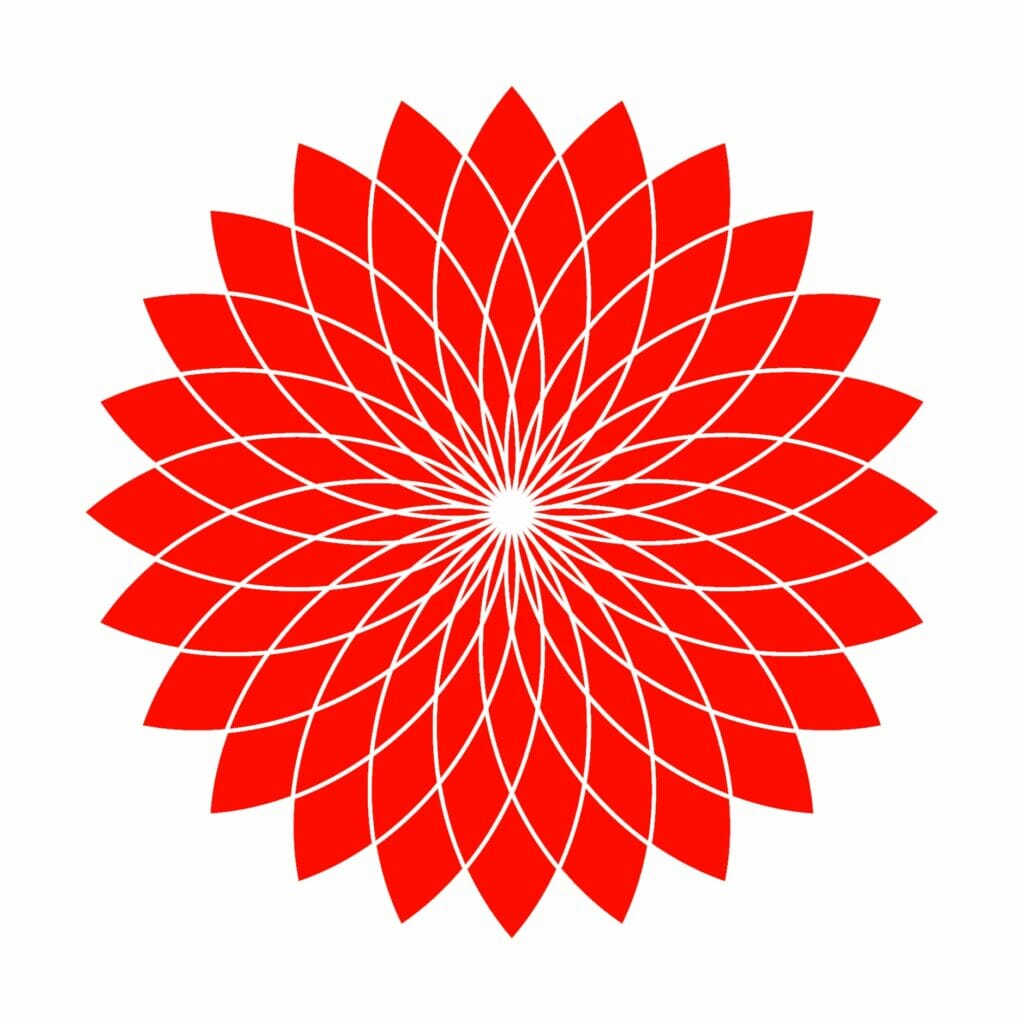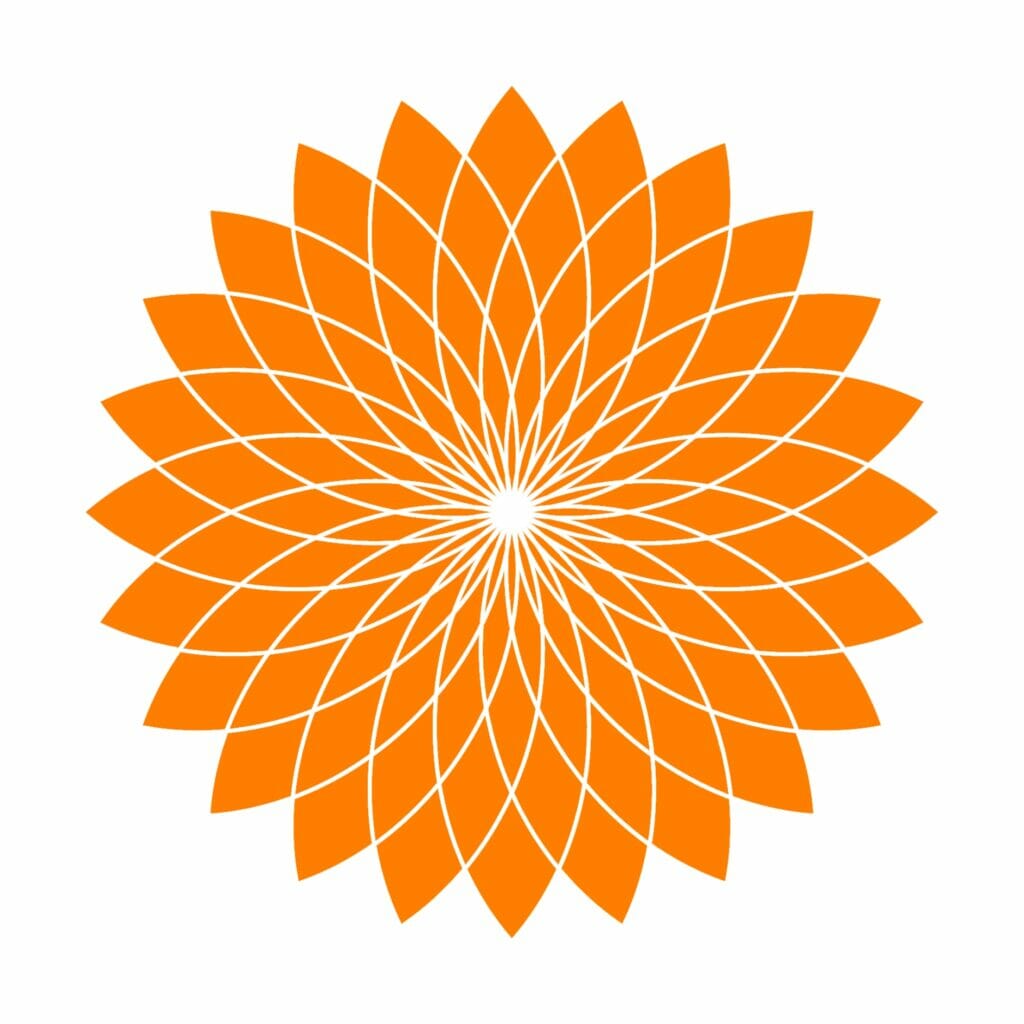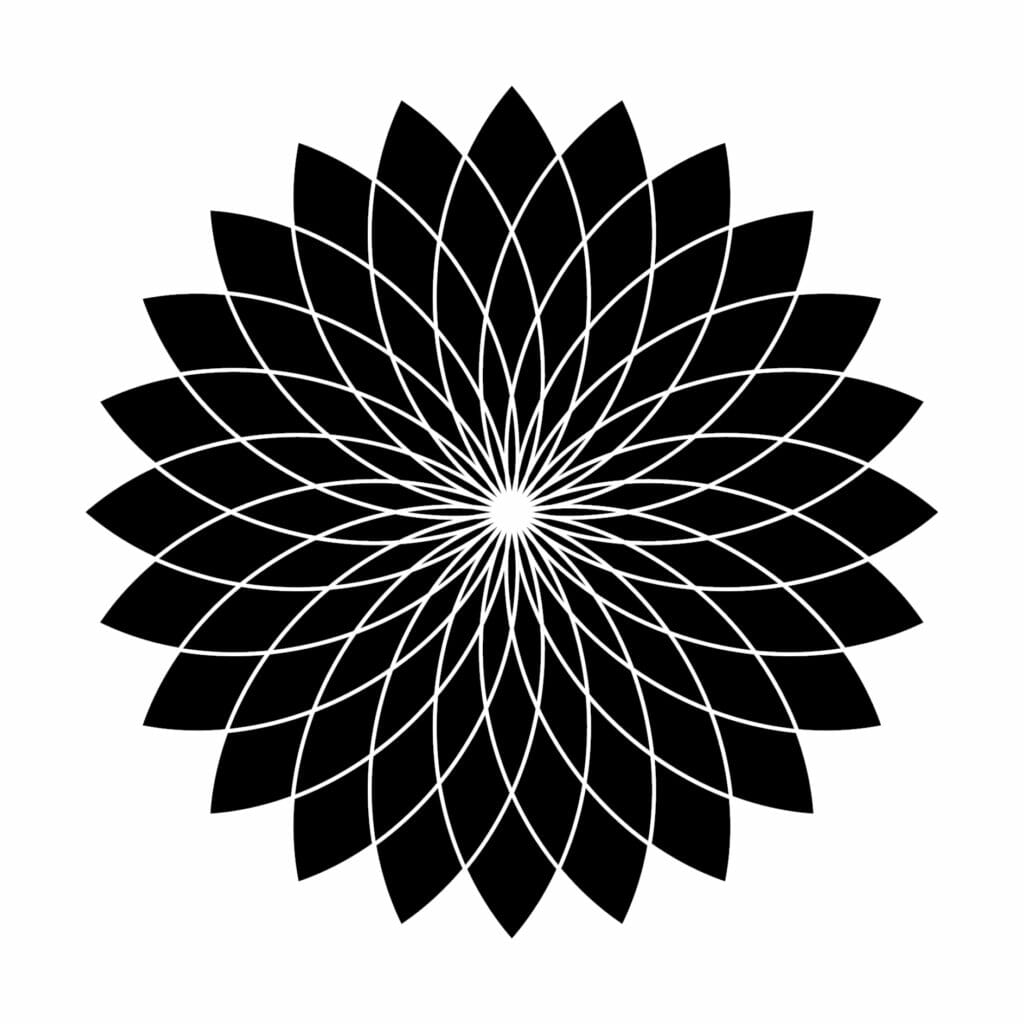
Psychology of colours
The psychology of colours – also known as the colour effect – makes use of the effect of the individual colours on the human psyche. As in all other areas of life, the different colours in interior design have an effect on us humans. They support our well-being and can have a positive influence on the purpose of a room and its mood, for example a living room or bedroom. Rarely occurring or difficult to produce colours were already very valuable in Ancient Egypt and only reserved for dukes, kings and emperors.
The third dimension
Yellow as the ‘holy colour’ was reserved for the Ming Dynasty (1368 to 1644) in the Chinese Empire. Leaders adorned their palaces with Lapis Lazuli, a blue to blue-violet semi-precious stone that has been quarried in Afghanistan for thousands of years and in Chile since the 20th century. In this way, mosaics and whole columns should give their rooms a splendor and uniqueness. Even designers sometimes include colours as one level in their design – as a third dimension to form and function, so to say.
Light rooms and colour studies
Gunnar Aagaard Andersen is someone who has dealt with colours, material structures and shapes and experimented with their effects since the 1940s. More than almost any other designer at the time, the Dane knew about the effect of colours on the human psyche. To this day, the knowledge about the effect of colours is researched. Colours are used specifically in the business sector. Support non-verbal communication with the customer and convey the desired statements in a targeted manner. Aagaard Andersen dealt extensively with the subject of colour psychology during his training. For example, he installed entire light rooms, painted colour studies, designed stage sets, poured and formed seat sculptures.
Warmth and security
Colours can provide warmth and energy. Rooms in shades of orange, pink and red, for example, are automatically perceived subjectively to be warmer than they actually are. As part of the seven chakras, shades of red form the lowest level, the so-called root chakra. The colour stands for basic trust. In the sociocultural context, red is perceived as a signal colour. At the same time, red tones reduce the size of the room. Red tones can ideally be used in rooms where activity is the main focus. In combination with light accents, an exciting ambience can be created in this way.
Cold colours create breadth
The opposite of what has already been described is caused by the so-called “cold colours”. The blue-green nuances create a cool atmosphere and space. This is how rooms, painted in cool tones, appear visually larger. Blue symbolizes trust and is therefore often used in the financial world. But social media platforms such as Facebook and Twitter are also making use of the power of blue tones. Green, on the other hand, stands for nature, health and, ultimately, serenity and relaxation. There are shades of blue and green in a variety of colour gradations. They can be combined very well in a room.
Individual differences
For many people, colour is of paramount importance. For example, if you talk about a new car that you have bought, their first question is: “Which colour?” Brand, model, equipment – all of these are of secondary importance for many. The colour is really important!
Individual differences
How colours are perceived ultimately depends not only on the colour itself, but also on the culture. Asians, for example, perceive colours differently than Europeans. The living space also plays an important role and shows clear differences between the individual cultures. But no matter where someone lives, how a colour is perceived and what effect it has, one thing is certainly always true: There is nothing like your individual favorite colour!








